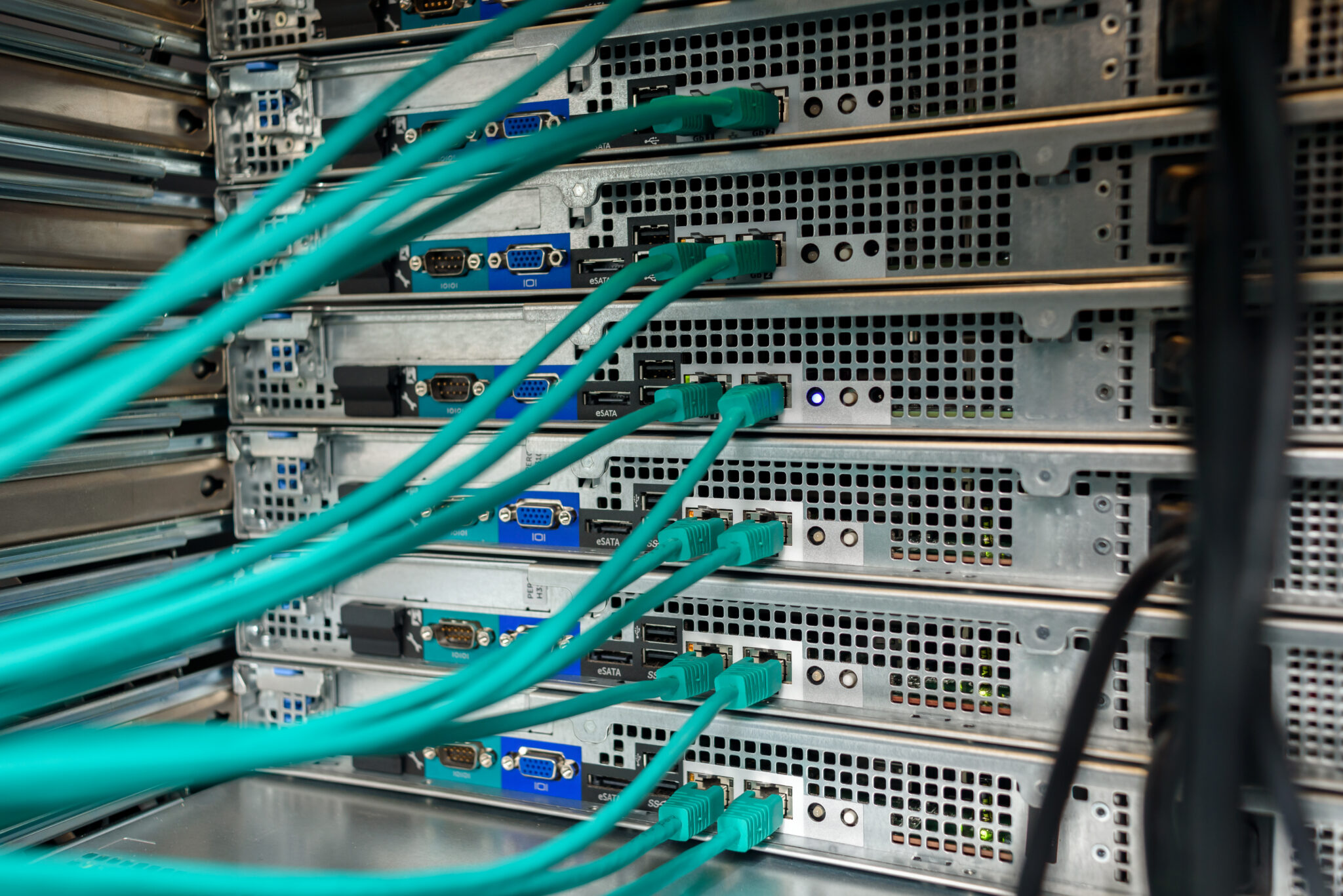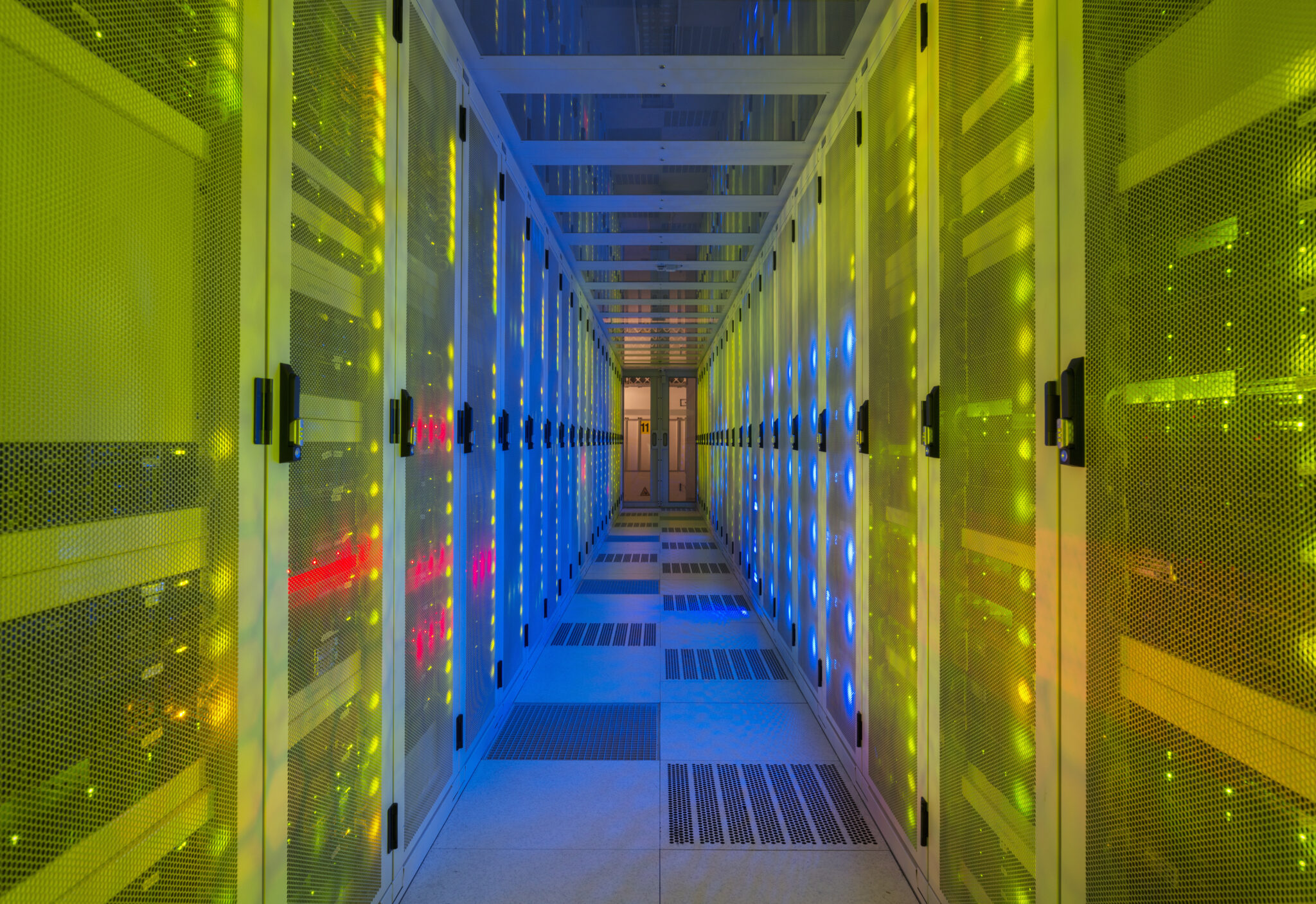What is a cybersecurity operations center and how does it work?
A Cybersecurity Operations Center (SOC) is a centralized headquarters that interacts with every facet of your business’s security. A Cybersecurity Operations Center integrates three main functions:
- Monitoring
- Detecting
- Reporting
The various tools that are in use protecting your business, employees, and customers are monitored in one product’s central location. During the monitoring of your assets, threats are detected. This may be a computer virus, traffic leaving your network going to a known bad destination such as an enemy foreign government, or a power failure. The SOC detects these threats or risks, and then facilitates reporting. Reporting can mean anything from alerting you to a breakdown in security procedures, or any other kind of event that represents a business disruption.
A Security Operations Center enhances the cybersecurity management of your organization. SOCs are manned by a team of intelligence analysts. This analyst utilizes data collected by the SOC and integrates it with current trends in cybercrime and security to keep your business ready for any threat.
The Security Operations Center combines the technologies used in cybersecurity combining human ability with technology can eliminate false positives, which can be expensive and uncomfortable for your business.
Why is a cybersecurity operations center needed?
Every business in every industry can benefit from a Cybersecurity Operations Center if it has a physical location(s), employees, customers, or a computer network connected to the internet. The SOC satisfies the need for real-time data, rather than just receiving a report at the end of the day, week, or month.
Many businesses have cybersecurity-based products, i.e., anti-virus software, but the software and logs are only reviewed only after an incident has occurred. With an SOC, these products are always monitored, which allows you to have a true view of your security posture off your business.
Every business needs a Cybersecurity Operations Center, but the specific needs are unique for each enterprise.
24/7/365 Threat Detection and Response
Cyberattacks do not only occur during an organization’s core business hours. This is true for several different reasons. A cybercrime group may operate from a different time zone where business hours do not overlap. Cybercriminals perform attacks during evenings and weekends mainly because that want to give their exploits time to penetrate the victim’s infrastructure. Cybercriminals take advantage of times where an organization’s cybersecurity posture is weakened.
Having a 24/7/365 SOC diminishes this attack vector.
It is paramount to have an Anti-Virus (AV) product, and a Security Information and Event Monitoring (SIEM) product that is being monitored in real time to effectively protect the security perimeter of your organization.



